Untitled (Automatic Drawing) 1948
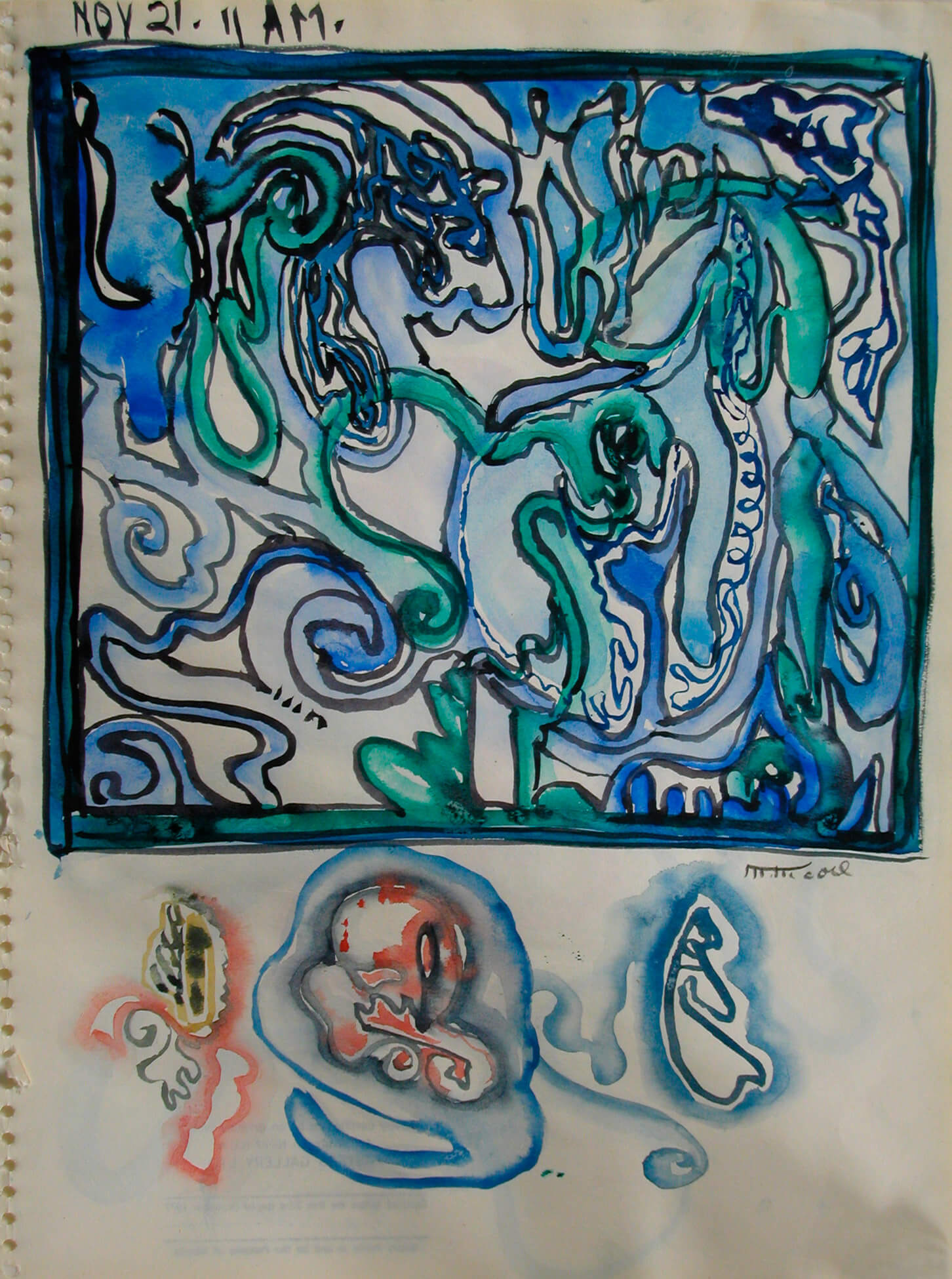
Marion Nicoll, Untitled (Automatic Drawing), 1948
Watercolour on paper, 30 x 22.5 cm
Art Gallery of Alberta, Edmonton
This watercolour, created on November 21, 1948, at 11:00 a.m., shows the vigorous energy Marion Nicoll brought to the automatic process. Her hand has moved the paintbrush quickly with fluid washes of colour to create proximate and intersecting lines and amoebic-like, biomorphic forms. The image has no beginning or ending, and no intended meaning or symbolism. Her choice of watercolour was most suitable since her dilution of paint to thin washes allows the composition to be informed by chance, a practice fundamental to automatism. That Nicoll signed and dated the square-shaped image occupying the top two-thirds of the paper and surrounded it with a firm black border suggests she was pleased with the result. Her annotation of time in such a precise manner is indicative of the consistency with which she was creating automatics—as this body of works is described—at this time in her life, noting even the time of day in which she was painting.
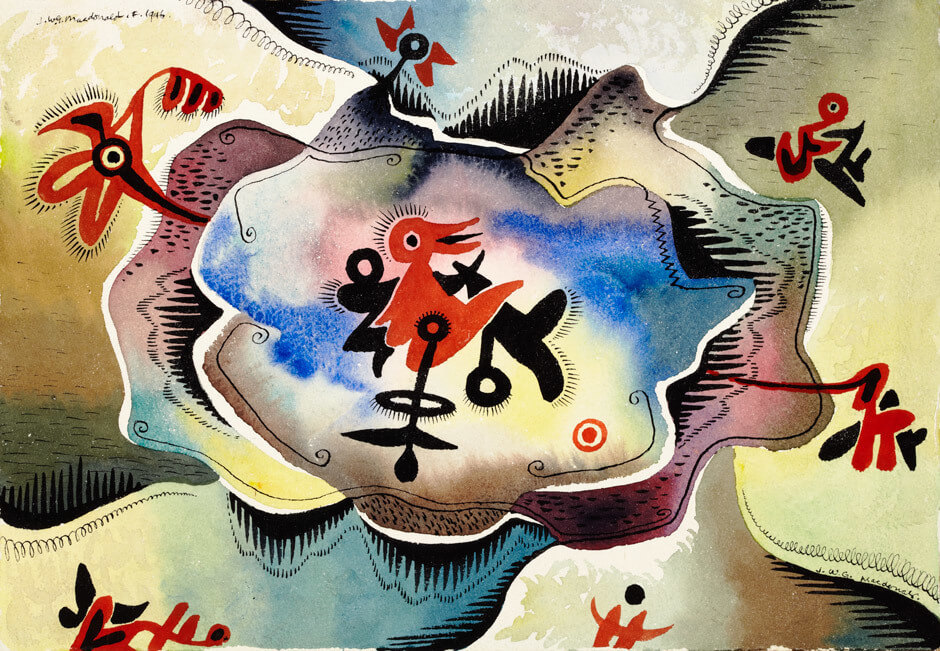
After two decades of feeling dissatisfied with the direction of her work as a landscape painter, Nicoll began to transition away from naturalism, but her commitment to the environment around her remained lifelong. In the summer of 1946, she was introduced to automatism by her colleague Jock Macdonald (1897–1960) when both artists were teaching the summer session at the Banff School of Fine Arts, Alberta. He had created several automatic watercolours, including Orange Bird and Fish Playground, both 1946.
To work automatically was to work intuitively from one’s inner thoughts by allowing the paint brush or pencil to move freely without reference to the external world. Nicoll explained, “You take a pencil, you are in a quiet place, you put the pencil on the paper and you sit there until your hand moves of its own accord. You do that everyday…. You keep doing it. It will happen without any effort on your part.” Nicoll embraced the theories of modern psychologist Carl Jung, who said that everything one experiences is retained by the subconscious mind and can be remembered through deep reflection. She recalled, “You forget nothing of what you’ve learned or experienced.” Practicing automatism ritualized Nicoll’s access to her inner world of fantasy and imagination by opening a pathway to the subconscious.
For Nicoll, the automatics she created in watercolour, ink, and pencil in her sketchbooks were mostly private exercises. Following her earliest experiments in the late 1940s, she continued to make them for the rest of her career, doing dozens of drawings and noting to her artist-friend Janet Mitchell (1912–1998) that the process “takes the place of deep meditation for me.” She later stated, “I’m absolutely sure there was that teaching of the automatic drawing that started me off as an abstract painter.”

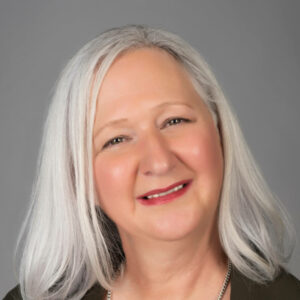 About the Author
About the Author
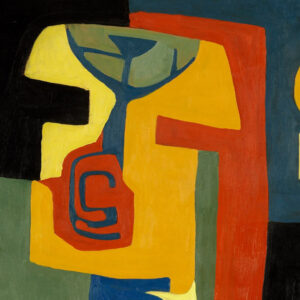 More Online Art Books
More Online Art Books
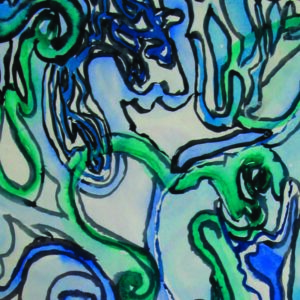 Acknowledgements
Acknowledgements